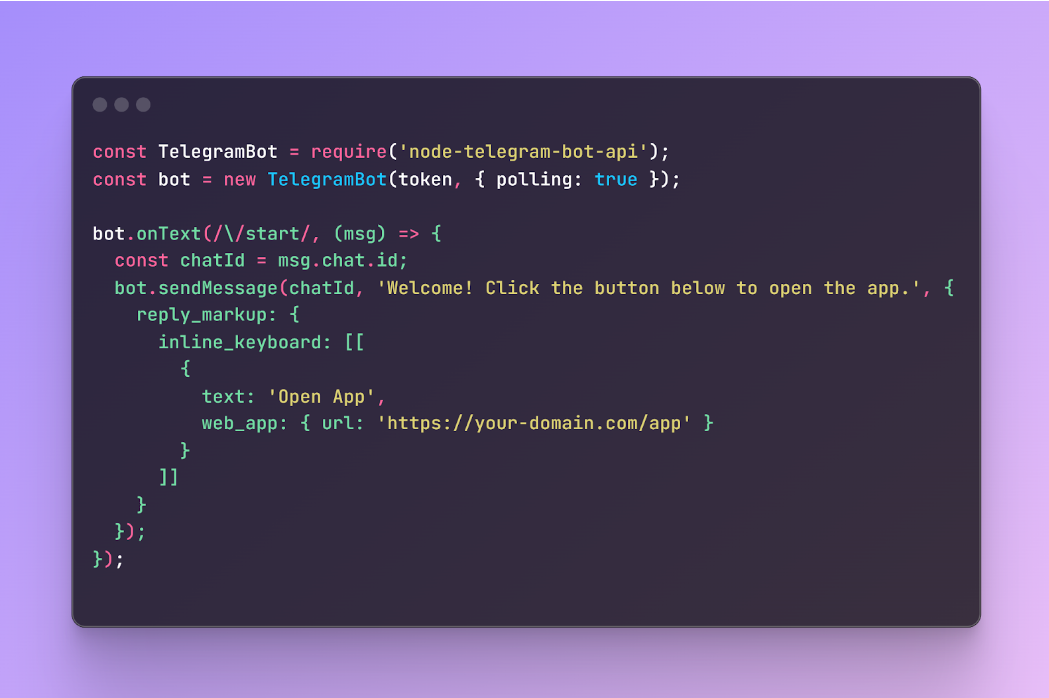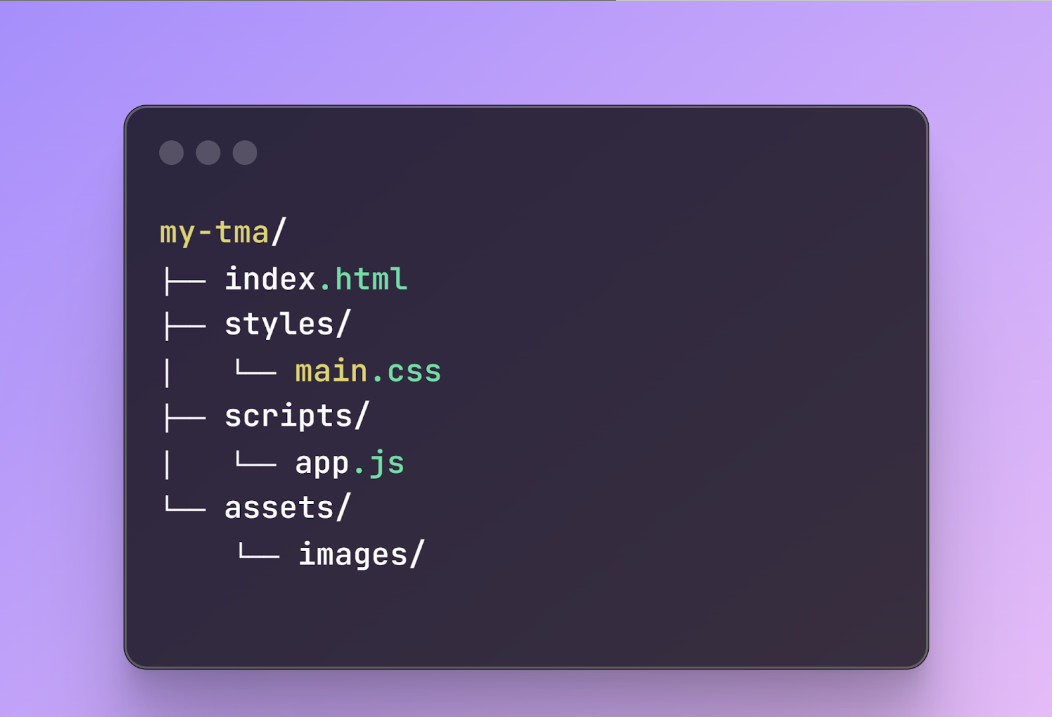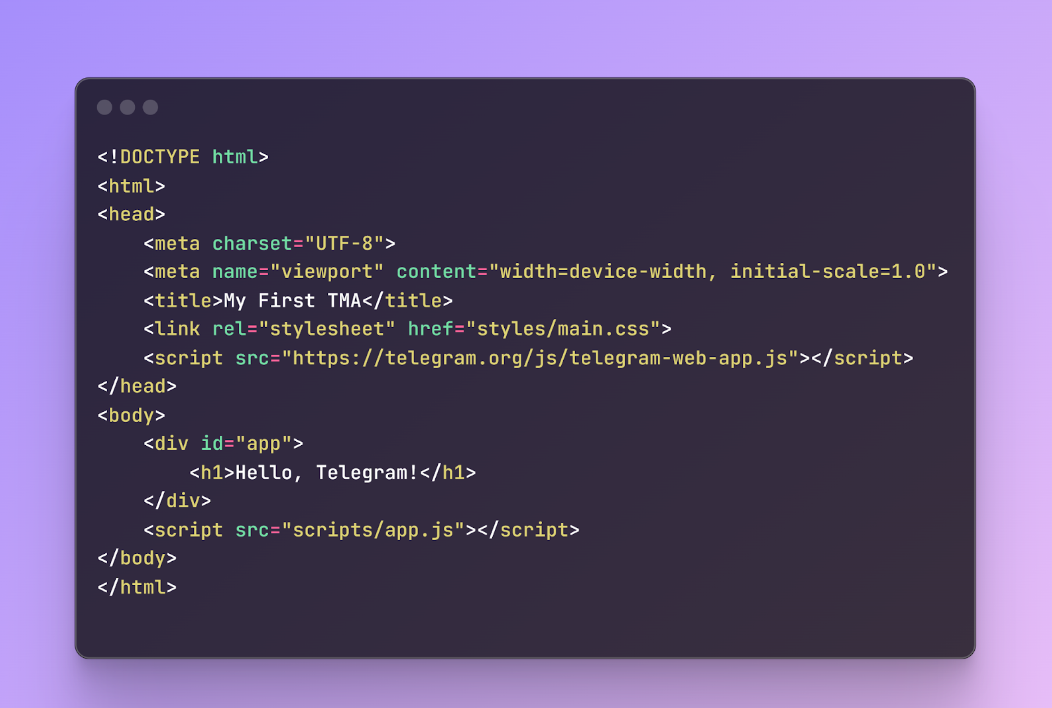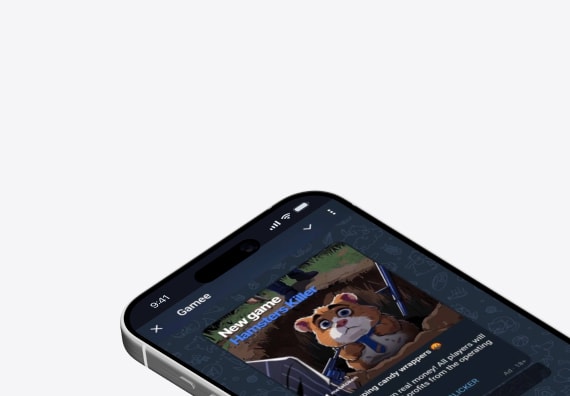Telegram vs. WeChat: The Battle of the Super Apps
WeChat has been the undisputed leader among super apps for years. Launched in 2011, it became an integral part of daily life in China by seamlessly combining messaging, social media, payments, and e-commerce into a single platform. Telegram, although a later entrant in 2013, has rapidly gained ground and is making waves as a strong contender in the global super app space. Today, developers can start building innovative services and even build Telegram minisolutions directly inside the Telegram environment. With the right mini app documentation, anyone who has the need to create a new Telegram bot or design a Telegram mini app using familiar web technologies can dive into app development more easily than ever.
Key Differences Between Telegram and WeChat:
| Feature | Telegram | |
| Launch Year | 2011 | 2013 |
| Primary Market | China (Global presence limited) | Global |
| Privacy | Limited encryption; complies with Chinese laws | End-to-end encryption; strict privacy policies |
| Super App Features | Mature ecosystem: payments, shopping, services | Rapidly expanding with Mini Apps and crypto wallets |
| User Base | ~1.3 billion monthly active users (mostly China) | Over 800 million monthly active users (global) |
WeChat has long dominated the Chinese market as an all-in-one app, but the telegram app is making serious moves to challenge it on the global stage. With its focus on privacy, cutting-edge features, and tools for developers, Telegram is carving out a unique space. Thanks to Telegram Mini Apps (TMA), developers can now create web apps that integrate seamlessly into the platform, helping it quickly narrow the gap and expand its appeal worldwide.
Now, let’s dive into how you can create a telegram mini app and join the growing wave of developers leveraging Telegram’s potential.
What Are Telegram Mini Apps, and Why Are They So Popular?
Telegram Mini Apps (TMA) are essentially web applications running inside the Telegram platform. Think of them as standard websites built with HTML, CSS, and JavaScript, but with access to Telegram’s unique features through the SDK. These apps are launched within the Telegram, providing seamless user experience, data integration, and built-in payment systems. To use Telegram effectively for mini apps, developers typically create a Telegram bot via BotFather, assign it a username, and configure settings to connect the bot with their app. Once set up, mini apps can be shared in Telegram groups or directly with users, making them a powerful extension of the ecosystem. Understanding how Telegram Mini Apps work is crucial for developers looking to leverage this platform.
Why Developers Love TMAs:
| Feature | Benefit |
| No App Store or Google Play Review | Skip the lengthy moderation process and launch faster. |
| No Installation Needed | Users can access your app directly in Telegram. |
| Freedom of Tech Stack | Build with React, Vue, or plain JavaScript—whatever suits you. |
| Huge Audience | Reach over 800 million Telegram users. |
Examples of Successful Telegram Mini Apps
Let’s take a look at a few real-world examples to see what’s possible:
- Wallet – A TON wallet with a feature to purchase usernames.
- Hamster Kombat – A tapper game that gained massive engagement.
- DurgerKing – A parody fast-food chain experience, just for fun.
How to Get Started with Telegram Mini Apps
What You Need:
- A code editor (VS Code or WebStorm will work fine).
- Basic knowledge of HTML, CSS, and JavaScript.
- Telegram installed on your phone and computer.
- The desire to explore something new.
Step 1: Create a Helper Bot
Your journey starts with creating a telegram bot. This bot will act as the entry point for your application. Here’s how to do it:
- Search for @BotFather in Telegram.
- Send the command /newbot.
- Choose a name for your bot.
- Save the token provided by BotFather—you’ll need it to interact with the bot api.
For instance, here’s a simple bot built with Node.js and backend functionality that you can find on GitHub:

const TelegramBot = require(‘node-telegram-bot-api’);
const bot = new TelegramBot(token, { polling: true });
bot.onText(/\/start/, (msg) => {
const chatId = msg.chat.id;
bot.sendMessage(chatId, ‘Welcome! Click the button below to open the app.’, {
reply_markup: {
inline_keyboard: [[
{
text: ‘Open App’,
web_app: { url: ‘https://your-domain.com/app’ }
}
]]
}
});
});
Step 2: Set Up Your Environment
Create a basic project structure to build a telegram mini app and set up your test environment:
Minimal index.html:

Step 3: Build Your App
Here’s an example of a simple counter app within telegram that ensures your app work properly with built-in authentication:

Copy// app.js:
const app = {
data: { count: 0 },
init() {
this.setupTheme();
this.setupCounter();
this.setupMainButton();
},
setupTheme() {
const theme = window.Telegram.WebApp.themeParams;
document.body.style.backgroundColor = theme.bg_color;
document.body.style.color = theme.text_color;
},
setupCounter() {
const counter = document.createElement(‘div’);
counter.innerHTML = `
<h2>Counter: <span id=”count”>0</span></h2>
<button id=”increment”>+1</button>
<button id=”decrement”>-1</button>
`;
document.querySelector(‘#app’).appendChild(counter);
document.querySelector(‘#increment’).onclick = () => this.updateCount(1);
document.querySelector(‘#decrement’).onclick = () => this.updateCount(-1);
},
setupMainButton() {
const MainButton = window.Telegram.WebApp.MainButton;
MainButton.setText(‘Save’);
MainButton.onClick(() => this.saveData());
MainButton.show();
},
updateCount(delta) {
this.data.count += delta;
document.querySelector(‘#count’).textContent = this.data.count;
},
saveData() {
window.Telegram.WebApp.sendData(JSON.stringify(this.data));
}
};
window.Telegram.WebApp.ready();
app.init();
Styling Your App
Use Telegram’s design guidelines to ensure a native look that works seamlessly on both Android and iOS. Here are basic styles that work within the telegram interface and provide an intuitive UI:

Copy/* main.css */
body {
margin: 0;
padding: 16px;
font-family: -apple-system, BlinkMacSystemFont, ‘Segoe UI’, Roboto, Helvetica, Arial, sans-serif;
}
#app {
max-width: 600px;
margin: 0 auto;
}
button {
background: var(–tg-theme-button-color, #3390ec);
color: var(–tg-theme-button-text-color, #ffffff);
border: none;
border-radius: 8px;
padding: 8px 16px;
margin: 4px;
cursor: pointer;
}
button:hover {
opacity: 0.9;
}
Expanding Functionality
After building the basics, you can enhance your mini app using advanced features:
- Integrate TON for payments and Web3 functionality.
- Implement Telegram Stars rewards system for user engagement.
- Save user data on a server with proper parameter handling.
- Add animations and advanced logic.
- Implement notification systems for better user engagement.
- Add a menu button for navigation.
What’s Next?
- Deploy your app on an HTTPS server.
- Connect your app to telegram via @BotFather.
- Debug and test in real-world conditions.
- Launch your telegram mini app and gather initial feedback.
- Share your code on GitHub for community feedback.
- Gather user feedback and iterate.
By following these steps, you’ll be well on your way to creating a successful Telegram Mini App that takes full advantage of the platform’s growing ecosystem.


